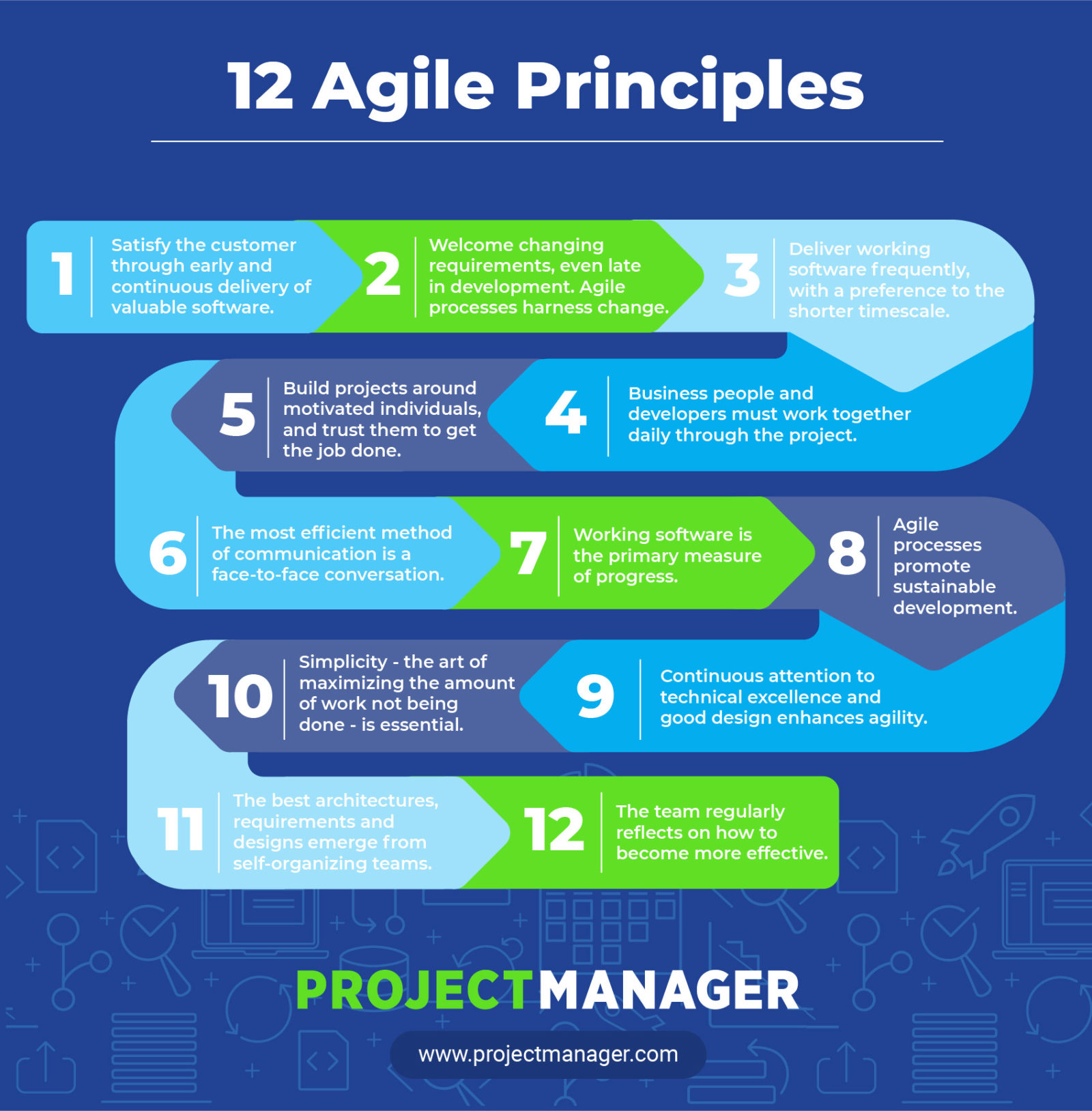Agile Layout - A Guide to Effective and Flexible Item Development
페이지 정보
작성자 Elizabeth Cuell… 댓글 0건 조회 4회 작성일 24-11-24 17:52본문
Introduction
Agile Design provides a flexible, effective approach to item development, combining nimble concepts with style thinking. This method makes use of short, repetitive cycles and fast customer feedback to produce options that fulfill customers' developing needs. Agile Style is specifically effective in a world where market demands change rapidly and products should be straightforward.
Defining Agile Design
Agile Design incorporates style principles with nimble workflows, bring about items that are receptive, top quality, and user-centered. By embracing an iterative method, Agile Design enables teams to examine and boost their job, making certain a close alignment with user needs.
Core Concepts of Agile Design
User-Centered Reasoning: Agile Design ensures customer feedback is at the leading edge of each version. This continuous comments process aids guide the development of a product that straightens with individual assumptions.
Fast Prototyping: Agile Style includes producing prototypes that can be tested and refined swiftly, preventing costly design modifications at later phases.
Cross-Disciplinary Cooperation: Partnership in between different teams, such as designers, designers, and stakeholders, is important to Agile Layout's success.
Receptive to Adjustment: Agile Layout urges flexibility, adjusting as market requires or user assumptions advance.
Why Agile Style Issues
The Agile Design procedure results in products that better fit customers' demands, producing an one-upmanship. By responding to real-time comments, Agile Style reduces advancement prices and creates products that adapt to altering demands.
 Just How to Apply Agile Design
Just How to Apply Agile Design
Damage down the job right into design sprints, which enables quicker adjustments based on responses. Constant testing with genuine individuals guarantees the end product is appropriate and user-focused.
Agile Layout uses an adaptable, effective approach to product growth, incorporating agile concepts with layout reasoning. This method makes use of short, repetitive cycles and rapid customer feedback to create options that meet individuals' advancing requirements. Agile Design is specifically efficient in a world where market demands modification quickly and products must be easy to use.
Agile Design provides a flexible, effective approach to item development, combining nimble concepts with style thinking. This method makes use of short, repetitive cycles and fast customer feedback to produce options that fulfill customers' developing needs. Agile Style is specifically effective in a world where market demands change rapidly and products should be straightforward.
Defining Agile Design
Agile Design incorporates style principles with nimble workflows, bring about items that are receptive, top quality, and user-centered. By embracing an iterative method, Agile Design enables teams to examine and boost their job, making certain a close alignment with user needs.
Core Concepts of Agile Design
User-Centered Reasoning: Agile Design ensures customer feedback is at the leading edge of each version. This continuous comments process aids guide the development of a product that straightens with individual assumptions.
Fast Prototyping: Agile Style includes producing prototypes that can be tested and refined swiftly, preventing costly design modifications at later phases.
Cross-Disciplinary Cooperation: Partnership in between different teams, such as designers, designers, and stakeholders, is important to Agile Layout's success.
Receptive to Adjustment: Agile Layout urges flexibility, adjusting as market requires or user assumptions advance.
Why Agile Style Issues
The Agile Design procedure results in products that better fit customers' demands, producing an one-upmanship. By responding to real-time comments, Agile Style reduces advancement prices and creates products that adapt to altering demands.
 Just How to Apply Agile Design
Just How to Apply Agile DesignDamage down the job right into design sprints, which enables quicker adjustments based on responses. Constant testing with genuine individuals guarantees the end product is appropriate and user-focused.
Agile Layout uses an adaptable, effective approach to product growth, incorporating agile concepts with layout reasoning. This method makes use of short, repetitive cycles and rapid customer feedback to create options that meet individuals' advancing requirements. Agile Design is specifically efficient in a world where market demands modification quickly and products must be easy to use.
댓글목록
등록된 댓글이 없습니다.